Search Images
Browse Content (p. 1154)
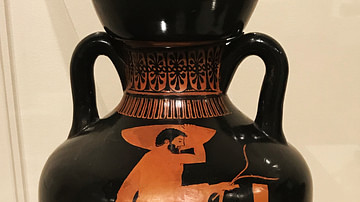
Image
Amphora of a Panathenaic Shape
This red-figure terracotta vase was made by the Eucharides Painter (c. 500-475 BCE) who worked in Athens, Greece during the Archaic Period (1000-480 BCE). This piece dates from 480 BCE. (Iris & B. Gerald Cantor Center for Visual Arts at Stanford...
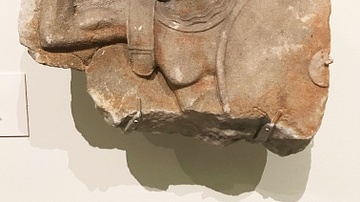
Image
Relief of a Greek Warrior
This relief of a Greek warrior dates from 600-50 BCE. It is made from marble. (Iris & B. Gerald Cantor Center for Visual Arts at Stanford University, Stanford, California)
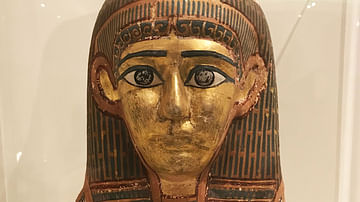
Image
Mummy Mask of an Ancient Egyptian Woman
This mummy mask belonged to a woman who lived in Egypt during the Late Period (c. 712-332 BCE). It is made of linen, plaster, pigment, and gold, and it dates from c. 688-525 BCE. (Iris & B. Gerald Cantor Center for Visual Arts at Stanford...
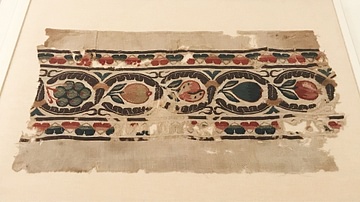
Image
Coptic Fruited Medallion Scroll Band
This fruited medallion scroll band was made by the Coptic people of Egypt while under Byzantine occupation (330-641 CE). It is made of wool and linen, and dates from the 7th century CE. (Iris & B. Gerald Cantor Center for Visual Arts at Stanford...
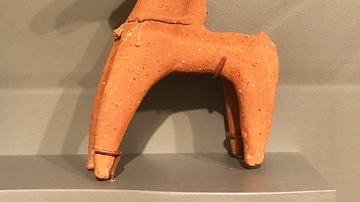
Image
Terracotta Bull from Cyprus
This terracotta bull comes from Cyprus and dates from c. 700-650 BCE. (Iris & B. Gerald Cantor Center for Visual Arts at Stanford University, Stanford, California)
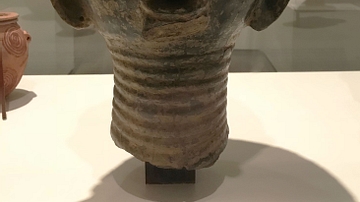
Image
Fragment of a Head from Nigeria
This fragment of a head dates to c. 1400 CE and is made of terracotta. It was found near Jukun and is named accordingly. From the 14th-18th century CE, an aggressive empire called Kororofa held power on the Adamawa plateau of northern Nigeria...
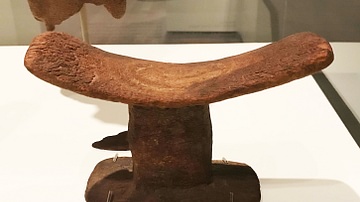
Image
Tellem or Dogon Headrest from Mali
This headrest was made either by the Tellem culture (named for the Tellem caves in which they are found) that lived in the Bandiagara cliffs of Mali from the 11th-15th century CE, or from the area's current inhabitants, the Dogon peoples...
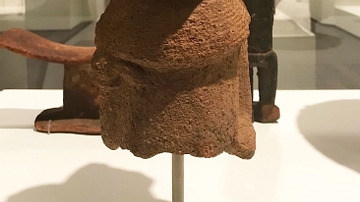
Image
Nok Culture Fragment of a Figure
As a result of erosion and mining, one of the oldest and most sophistcated art-producing cultures known in sub-Saharan Africa came to light in the mid-20th century. Hundreds of hollow figures, heads, and fragments made of coarse clay have...
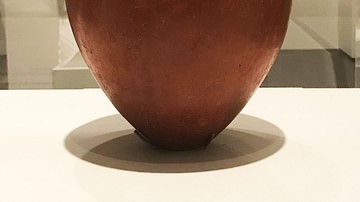
Image
Predynastic Period Terracotta Vase from Egypt
This terracotta vase dates from the Predynastic period in ancient Egyptian history, c. 4500-3100 BCE. (Iris & B. Gerald Cantor Center for Visual Arts at Stanford University, Stanford, California)
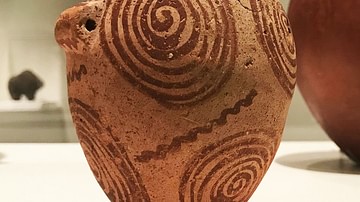
Image
Predynastic Period Vessel from Egypt
Terracotta vessel from the Predynastic Period in Egypt, c. 4500-3100 BCE. From the late Predynastic Period onward, the Egyptians used painted, incised, and polished pottery in life and as burial accessories for both the rich and the poor...